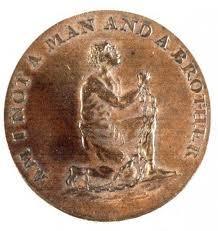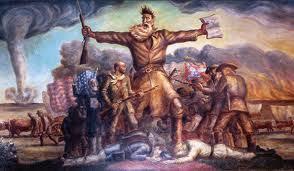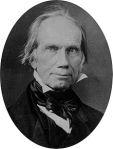I recently attended a presentation by Paul and Mary Liz Stewart about their Underground Railroad History Project. The “railroad” was a network helping escaped slaves get to freedom; the Stewarts have located and restored an Albany building important to it. I want to make a few points.

This I find remarkable. Slavery was a widely accepted institution of long standing which, after all, was expressly endorsed by the Bible. Blacks had been taken from what was generally thought to be African savagery, and now mostly existed in a state of degradation. That blacks and whites are the same species, biologically virtually identical, was not scientifically obvious at the time. To the contrary, many scientists seemed obsessed with proving the biological inferiority of non-whites (as Stephen Jay Gould elucidated in The Mismeasure of Man).
For a white person of the mid-1800s to see past all this and recognize the humanity of blacks, indeed their equality, was advanced thinking of a very high order. And yet such views, while not exactly common, were not so rare either, and nor were they confined to an elite intelligentsia. Certainly John Brown, for example, was no member of that class, but was so passionately anti-slavery, and a believer in social equality for blacks, that he gave his life to the cause.

John Brown as portrayed by John Steuart Curry
Brown, in launching an armed insurrection, was an extremist, but even for whites who merely provided aid and comfort for escaped slaves, the risks were serious. Such conduct was a crime under federal fugitive slave laws, punishable by a fine of $1,000 (equivalent to perhaps $20,000 in today’s money) and 6 months in jail. Defying such laws required real courage.
Slavery and racism are fixtures in the catechism of misanthropy, indicting humankind for its sins. And yes, those sins have been real. But here we have the other side of the coin, a testament to “the better angels of our nature.” Even so long ago, people were able to rise above baser thinking, and embrace truly enlightened humanistic ideas. My belief in Mankind is grounded in the fact that we are not forever condemned to act as animals, but have been proven capable of nobility.
The concept underlying fugitive slave laws was that escapees were stealing the property of their owners. Never mind that slaves had all been stolen in the first place from their original and true owners – themselves. Why was it ever legal to sell such stolen “property?” As if going to Africa and grabbing human beings were no different from harvesting cocoanuts. (We even went to war against Britain in part because the Brits were doing exactly the same thing to us – grabbing men off our ships to force them to work in their navy.)

Henry Clay
The draconian fugitive slave law – it even required northern citizens to assist slave catchers! – was part of the Compromise of 1850, the last great effort of a dying Henry Clay (who had similarly engineered the 1820 Missouri Compromise). It was a “grand bargain” to resolve a north-south political crisis over slavery and save the union. The crisis concerned the potential extension of slavery into the vast territories newly acquired from the Mexican War. The fugitive slave law was a big concession to southerners, in exchange for limitations on slavery in the territories.

Daniel Webster
But this was anathema to anti-slavery northerners like Daniel Webster; it seemed they would never agree to a fugitive slave law. However, on the Seventh of March, 1850, Webster rose in the Senate to deliver his long-awaited verdict, and it was a bombshell. Searching his conscience, for the good of the country, Webster endorsed Clay’s compromise. For this Webster paid a heavy political price; maybe even the presidency. But the compromise went through, and the union survived, for another decade at least.
The issues of taxing and spending confronting America today are very serious, but certainly no less serious than the issue of slavery that so bitterly divided the nation in the 1850s. Where is today’s Henry Clay? Where is our Daniel Webster?
